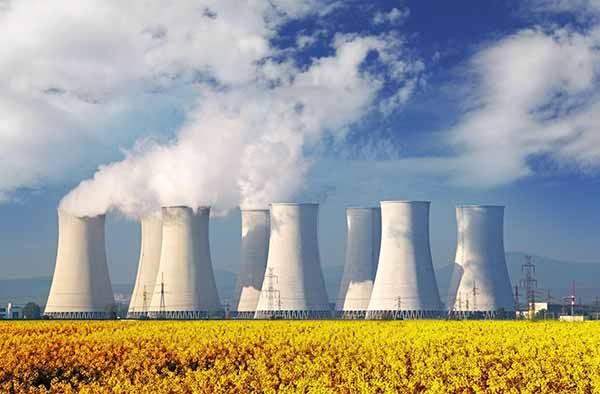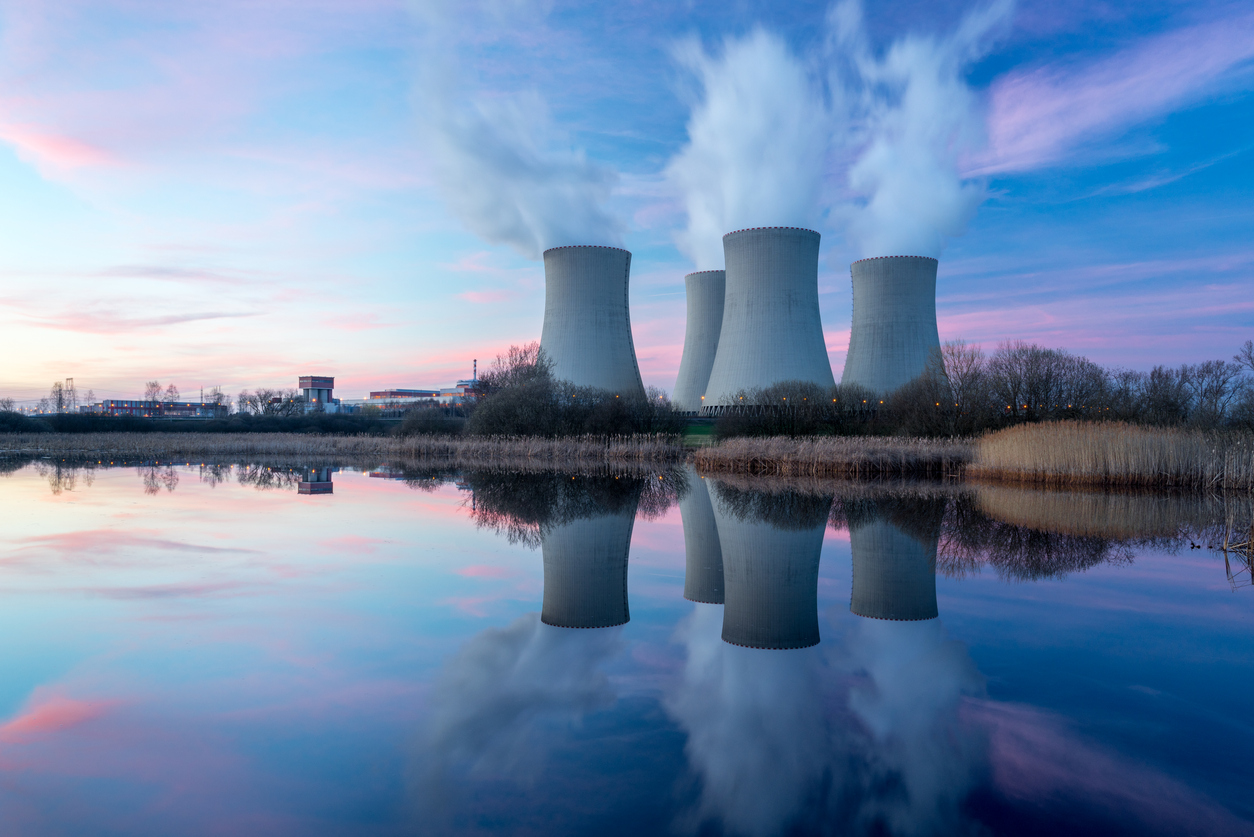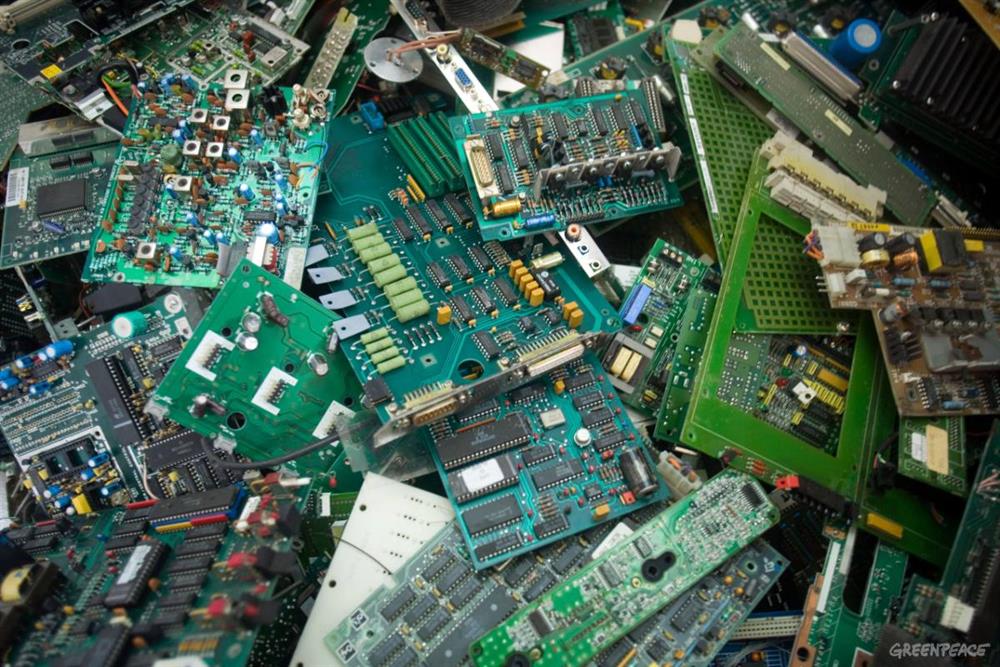The Case for Nuclear Energy

The Ongoing Debate...
For decades, proponents and opponents have debated the use and development of nuclear energy as well as its role in becoming a key renewable energy source. There are many pros and cons to discuss but before we dive deep into its use let’s first talk about what nuclear energy really is and how it works.
Pros of Nuclear Energy
According to a study by NASA authored by Dr. Pushker Kharecha and Dr. James Hansen, nuclear power has saved around 1.8 million lives. Their study also determined that if we were to switch to nuclear energy, we could save over 7 million lives. They found these conclusions by assessing the amount of greenhouse gasses and air pollution that was omitted and prevented due to the use of nuclear energy. Additionally they found that from 1971 - 2009, fossil fuels contributed to 64 GT of greenhouse gas emissions, along with 1.84 million air pollution deaths. Around that same time nuclear power caused only 5,000 deaths (mostly due to worker accidents and cancer from fallout).
Compared to other forms of energy, nuclear power causes the least amount of deaths per energy unit generated per year. Wind has 0.04 deaths per TWh, hydropower has 1.3 deaths per TWh, biomass has 4.63 deaths per TWh and coal has 24.62 deaths per TWh. Whereas nuclear power has only 0.03 deaths per TWh. To put into perspective, taking away the deaths from major nuclear accidents such as Chernobyl and Fukushima, the death toll from nuclear energy would be considerably lower.

Due to lack of innovation and new models for reactors for nuclear power plants, controlling nuclear waste and dangerous power plants has been a complex problem that we are still trying to figure out today. But with the advent of new technologies and models like the Thorium reactor can help make nuclear power more safe and effective for use which could dramatically change the landscape of renewable energy
Cons of Nuclear Energy
The cost of building nuclear power plants remains to be a major roadblock in utilizing nuclear energy. Instead of decreasing, the cost of building nuclear power plants has increased. From 2002-2008, the cost grew from $2 billion to $9 billion. Along with the cost of building nuclear power plants comes with the cost of managing nuclear waste and security procedures. Although they are still relatively cheap to run, their initial cost remains very expensive.
Radioactive waste is another major environmental concern as a result of using nuclear energy. Radioactive materials can take thousands of years to become less dangerous through radioactive decay. Radioactive waste can potentially release dangerous element Plutonium to the environment. This exposure can cause cancerous growth and mutations in humans/animals. Though countries like Finland and Switzerland are planning deep geological repositories, the issue of storing and managing radioactive waste safely remains unsolved.

Moving Forward
At the end of the day, nuclear energy remains one of the cleanest energy sources and produces nearly 0 carbon emissions. Yes of course there are risks and areas of nuclear energy that we must consider and address but using other energy resources like coal and fossil fuels is not the alternative we should be looking at. Nuclear power provides many advantages such as not producing carbon emissions or requiring less land to build. Nuclear energy must be included in the our plans to reduce carbon emissions

